Optimal Seasons for Foundation Repairs
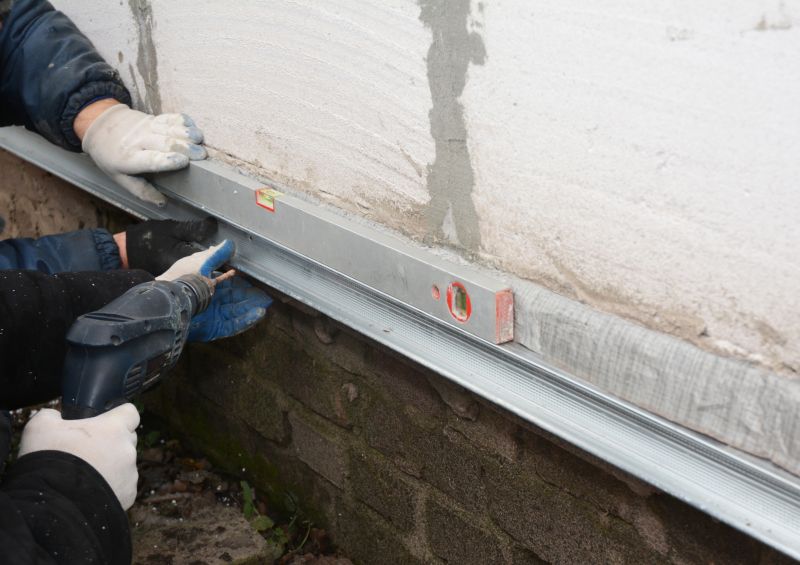
Ways to make Foundation Repairs work in tight or awkward layouts.
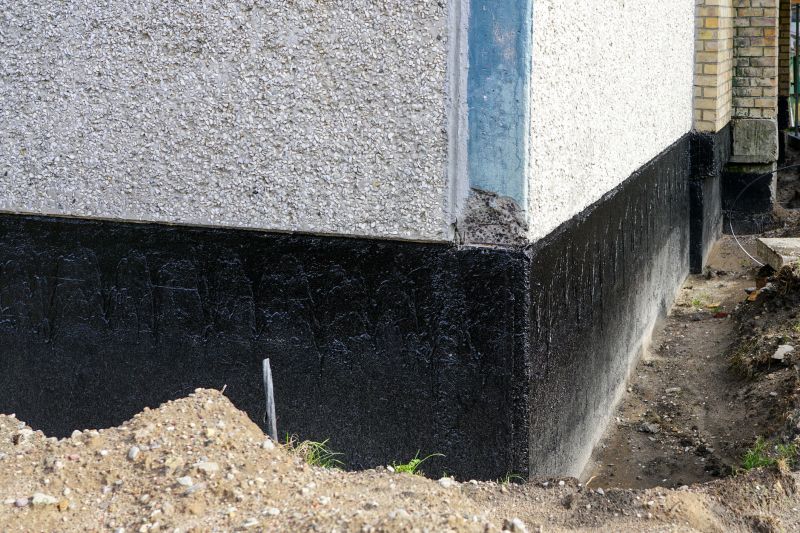
Popular materials for Foundation Repairs and why they hold up over time.
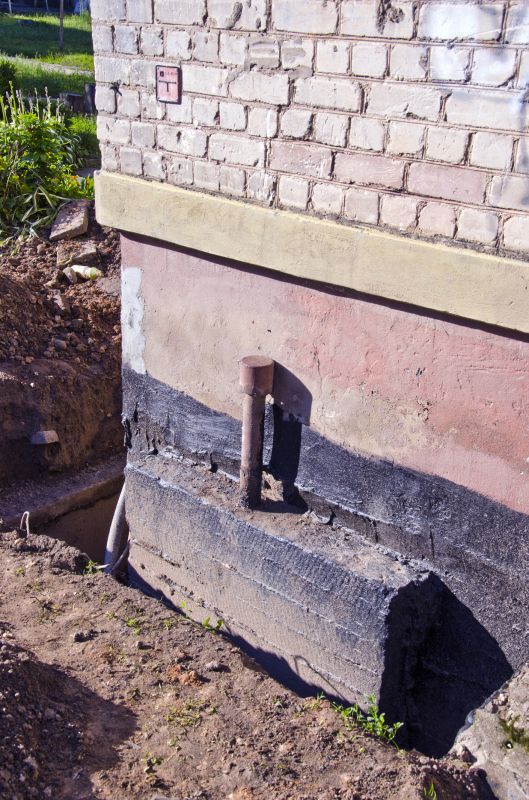
Simple add-ons that improve Foundation Repairs without blowing the budget.

High-end options that actually feel worth it for Foundation Repairs.
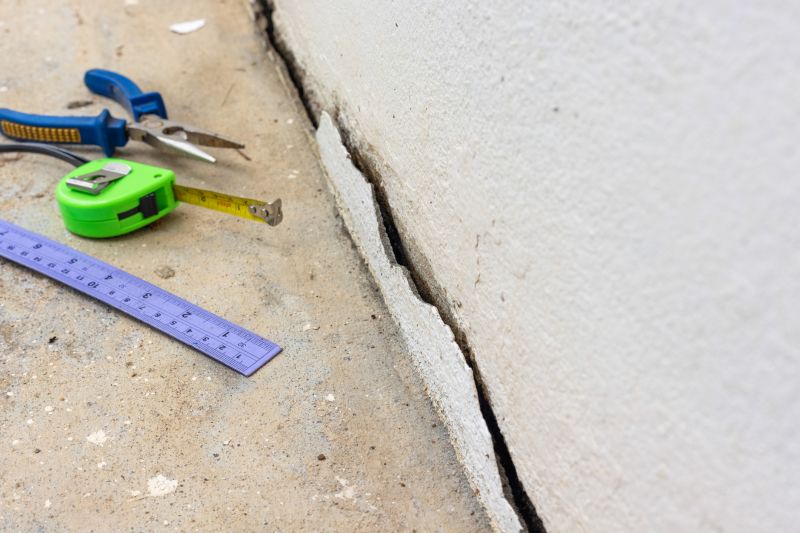
Finishes and colors that play nicely with Foundation Repairs.
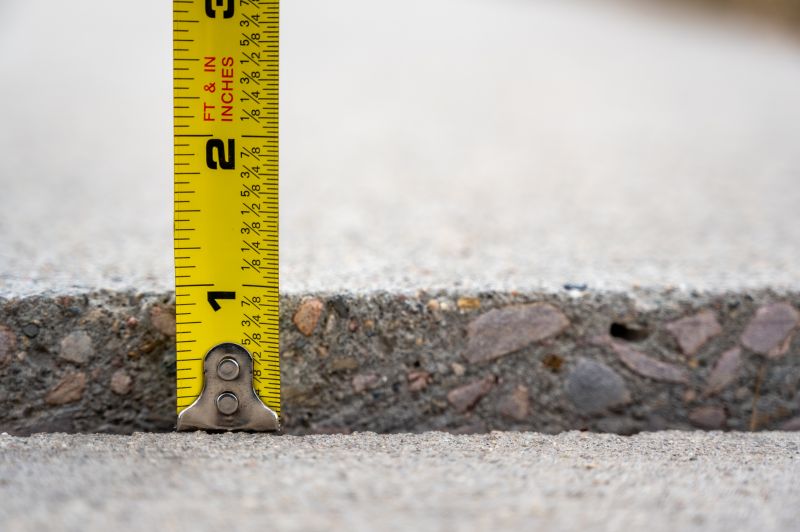
Little measurements that prevent headaches on Foundation Repairs day.
Foundation repairs are most effectively performed during specific times of the year to ensure optimal results. The best seasons typically include spring and fall, when weather conditions are moderate and conducive to working outdoors. During these periods, soil moisture levels are balanced, reducing the risk of further shifting or settling that can occur in extreme weather.
Timing is crucial because soil expansion and contraction due to moisture fluctuations can impact the stability of a foundation. Repair work during periods of stable soil conditions minimizes the chances of new issues developing shortly after repairs are completed. Additionally, scheduling repairs in these seasons can help avoid delays caused by extreme cold or heat, which can affect the curing process of certain repair materials.
Spring offers moderate temperatures and balanced soil moisture, ideal for foundation work. Repair projects can benefit from the soil's natural expansion and contraction cycle, reducing future settlement risks.
Fall provides cooler temperatures and less humidity, which can improve the curing process of repair materials. Scheduling repairs before winter helps prevent further damage caused by freeze-thaw cycles.
Extreme heat in summer can cause materials to cure too quickly, while cold winter temperatures can hinder the setting process and cause additional soil movement, making these seasons less ideal for foundation repairs.
Consistent dry or moist conditions are preferable. Heavy rain or drought can complicate repair work and affect the stability of the foundation during repairs.
| Season | Ideal Conditions |
|---|---|
| Spring | Moderate temperatures, balanced soil moisture |
| Summer | High temperatures, risk of quick curing |
| Fall | Cooler temperatures, optimal curing conditions |
| Winter | Cold temperatures, risk of freeze-thaw damage |
Foundation repairs are essential for maintaining the structural integrity of a building. They address issues such as settling, cracking, and shifting caused by soil movement, water damage, or other environmental factors. Timely repairs can prevent more extensive damage, reduce repair costs, and improve safety. Advances in repair techniques include underpinning, piering, and slabjacking, which are tailored to specific foundation types and conditions. Properly scheduled repairs during favorable weather conditions can enhance the effectiveness and durability of the work, ensuring long-term stability.

A 60-second routine that keeps Foundation Repairs looking new.

A frequent mistake in Foundation Repairs and how to dodge it.

Small tweaks to make Foundation Repairs safer and easier to use.

Lower-waste or water-saving choices for Foundation Repairs.
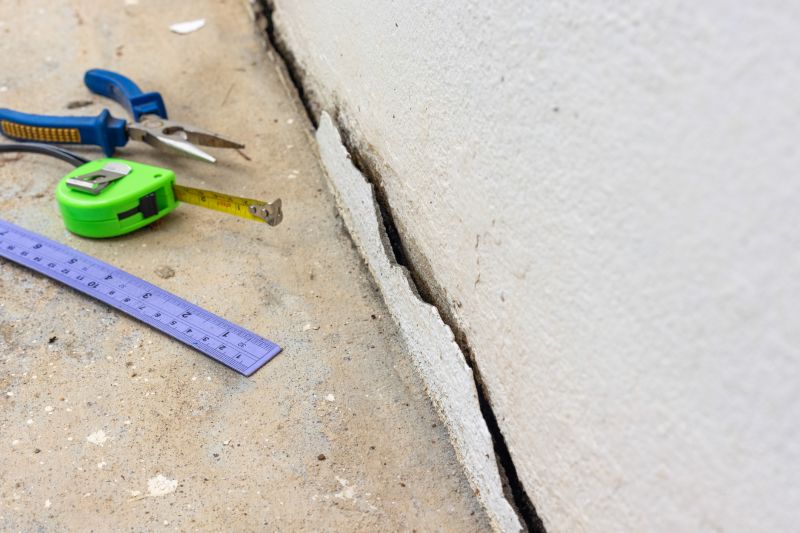
The short, realistic tool list for quality Foundation Repairs.
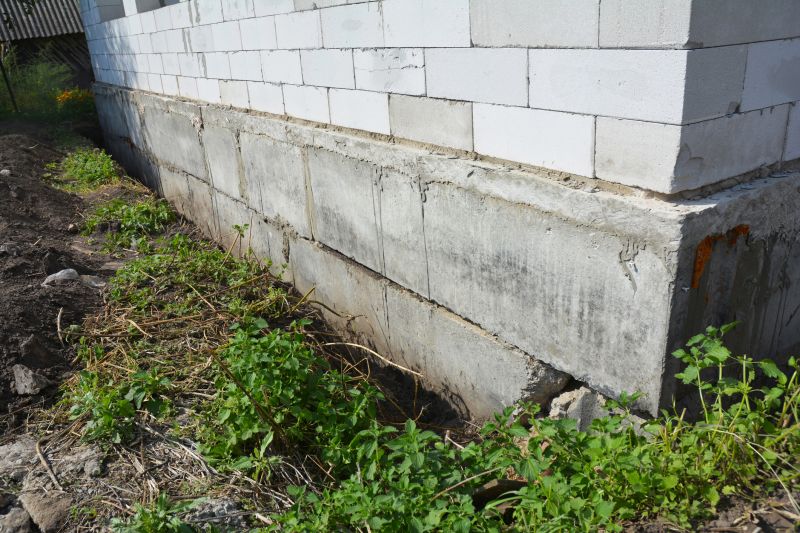
Rough timing from prep to clean-up for Foundation Repairs.
Interested property owners in Toledo, OH, are encouraged to contact for further information or to schedule an assessment. Proper timing and professional execution are key to effective foundation repairs, helping to preserve the value and safety of a property.

